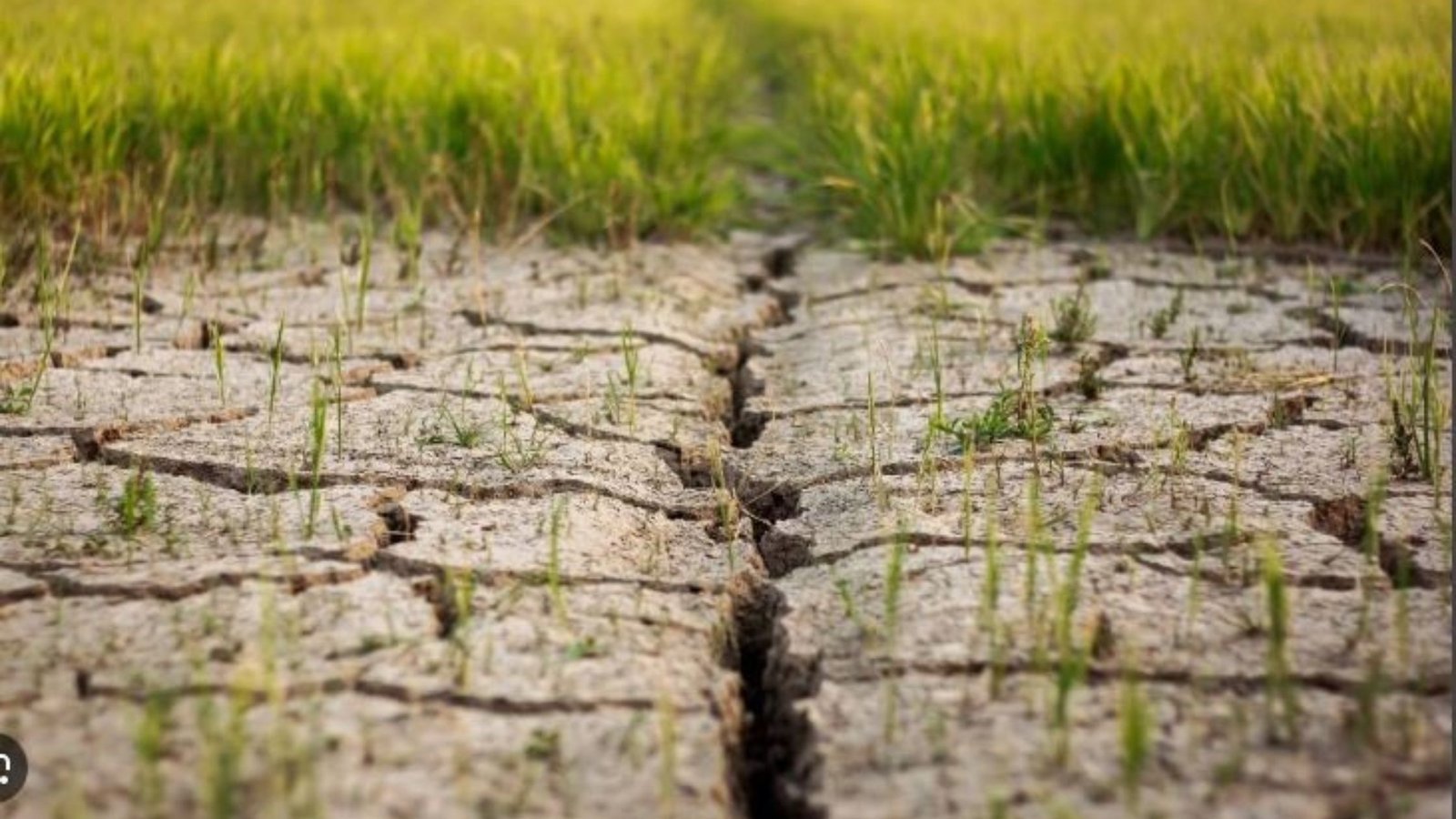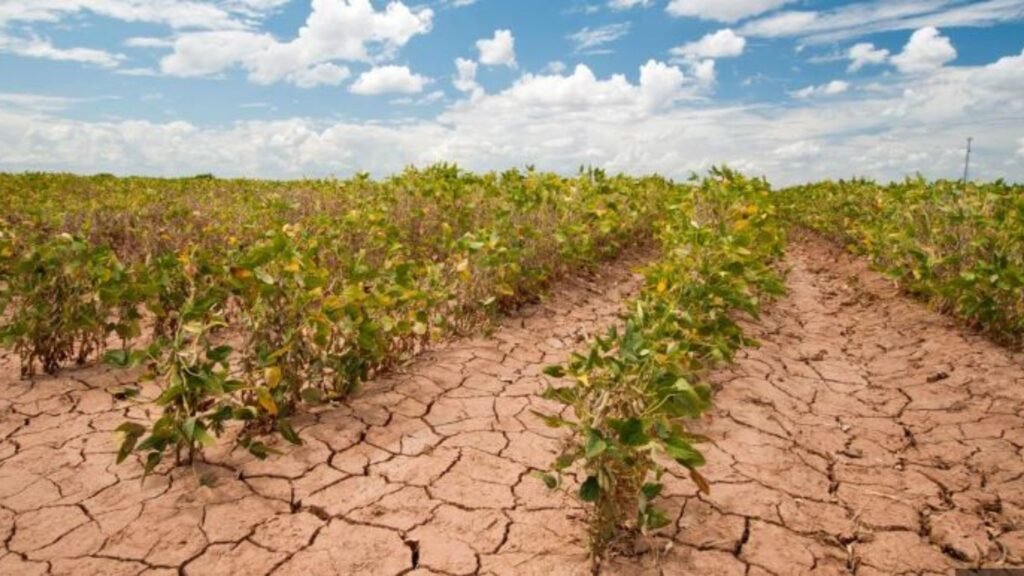How climate change is affecting global agriculture has become a critical concern for food production worldwide. Climate patterns are shifting, temperatures are rising, and extreme weather events are becoming more frequent. These changes are affecting crop yields, livestock, and the livelihoods of millions of farmers. Understanding the impacts of climate change on agriculture is crucial for finding sustainable solutions.

1. Rising Temperatures and Crop Yields
One of the most direct ways climate change is affecting global agriculture is through rising temperatures. Many crops, especially staples like wheat, rice, and maize, are sensitive to temperature changes. When temperatures exceed optimal growing conditions, crop yields can decrease significantly. In some regions, rising temperatures shorten growing seasons, leading to earlier harvests but lower yields.
Higher temperatures can also increase evaporation rates, which affects soil moisture and water availability. As a result, crops may suffer from drought stress, which reduces their productivity. Farmers in regions already prone to heat are finding it harder to maintain consistent crop yields due to these changes.
2. Changing Rainfall Patterns
Another significant factor in how climate change is affecting global agriculture is the alteration of rainfall patterns. Some regions are experiencing more frequent and intense droughts, while others are facing increased rainfall and flooding. These extreme conditions disrupt the growing cycles of crops and make it difficult for farmers to predict planting and harvesting times.
In regions where droughts are becoming more common, farmers are struggling with water shortages that directly affect crop growth. Conversely, in areas where flooding is becoming more frequent, waterlogged soils are preventing crops from thriving. This variability in rainfall creates uncertainty, making it challenging for farmers to plan their agricultural activities.
3. The Impact on Livestock
Livestock farming is also being affected by climate change. Rising temperatures and changes in water availability influence animal health, reproduction, and productivity. In some areas, heat stress in livestock is leading to reduced milk production and lower meat yields. Additionally, pasture quality is declining as droughts and high temperatures reduce the availability of nutritious forage.
The increased occurrence of diseases, due to warmer temperatures and humidity, is another way climate change is affecting global agriculture. Pests and diseases that thrive in warmer climates are expanding their range, affecting livestock health. This, in turn, impacts food production and food security.
4. Food Security Challenges
The long-term implications of global warming on global agriculture include serious challenges to food security. As crop yields decline and livestock production becomes less reliable, the availability of food may decrease, leading to higher prices and potential shortages. This issue is especially critical in regions where agriculture is a primary source of income and food.
Vulnerable populations, particularly in developing countries, are likely to be the hardest hit. These communities often rely on subsistence farming, and the effects of climate change can push them further into poverty. Food security is not only about availability but also about access, and climate change threatens both.
5. Adaptation and Mitigation Strategies
While the impacts of climate change on global agriculture are concerning, there are efforts underway to adapt and mitigate these effects. Farmers are adopting more resilient crop varieties that can withstand heat and drought. Additionally, the use of innovative farming practices, such as conservation agriculture and precision farming, is helping to increase efficiency and reduce vulnerability to climate change.
Water management strategies, such as improved irrigation techniques, are also essential for coping with changing rainfall patterns. In regions prone to drought, farmers are exploring ways to conserve water and use it more efficiently. Governments and international organizations are working to provide resources and training for farmers to implement these adaptive practices.
Conclusion
In conclusion, climate change is affecting global agriculture in numerous ways, from rising temperatures to shifting rainfall patterns. These changes are not only impacting crop and livestock production but also posing significant food security risks. However, with proactive adaptation and mitigation strategies, the agricultural sector can find ways to cope with these challenges. It is essential for governments, scientists, and farmers to work together to develop sustainable solutions that will protect global agriculture and ensure food security for future generations.

